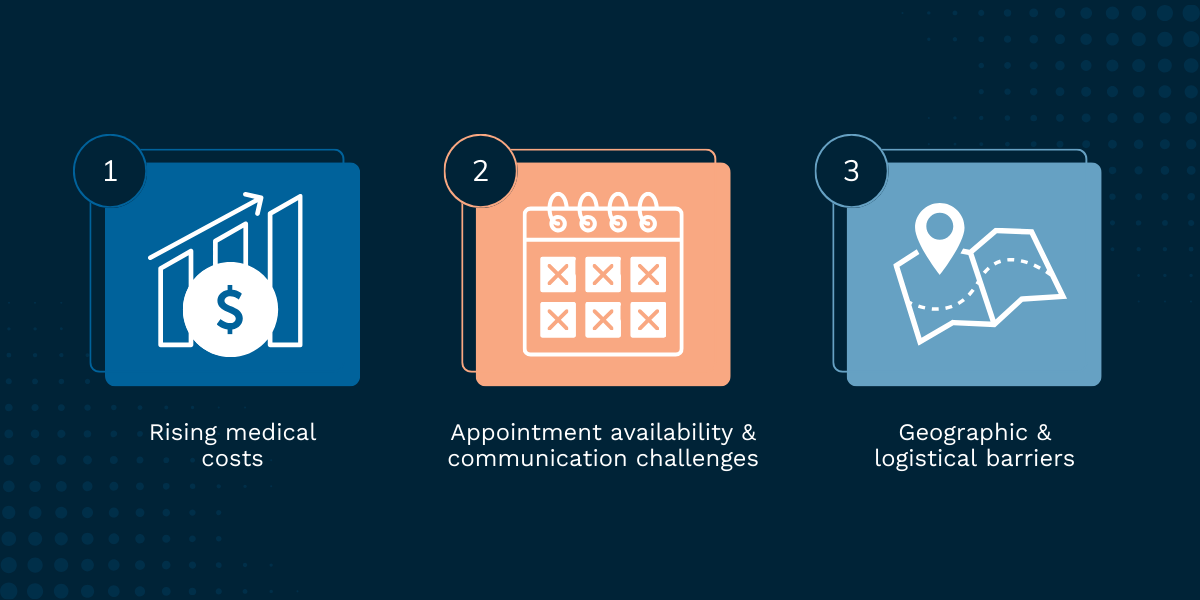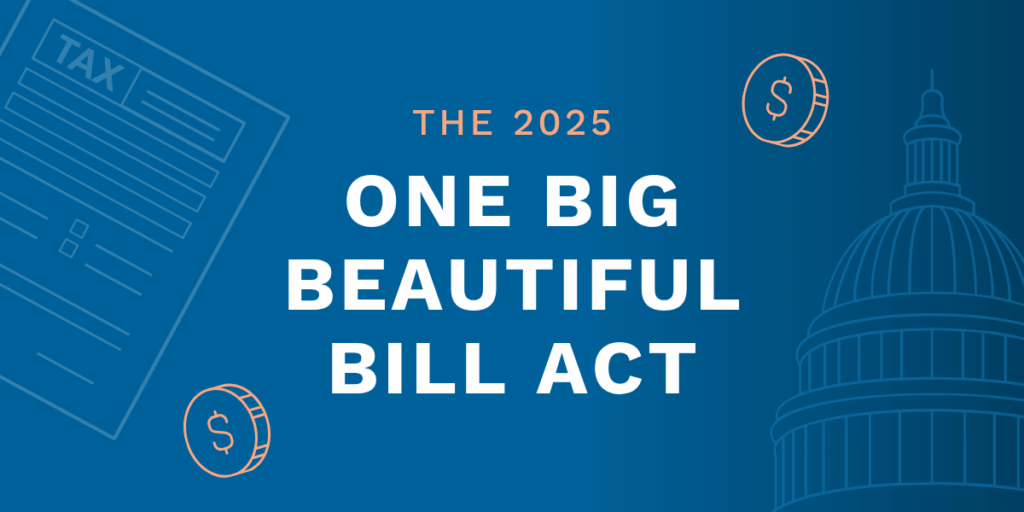According to recent data, 31% of consumers reported difficulties accessing healthcare in the previous year. Fast forward to this year, and that number has more than doubled: 66% of patients now report having trouble accessing the care they need.
Healthcare access is a growing concern for patients across the country, and the challenge is getting worse. According to recent data, 31% of consumers reported difficulties accessing healthcare in the previous year. Fast forward to this year, and that number has more than doubled: 66% of patients now report having trouble accessing the care they need.
Even as satisfaction with healthcare improves in some areas, this striking increase suggests that accessibility is falling behind. It leaves many patients without timely, affordable care.
Let’s break down the top barriers to healthcare access and look at practical ways medical practices can help ease the burden for patients.
High Costs, Low Access: Why Affordability Is a Growing Barrier to Care
It’s no surprise that high out-of-pocket costs are one of the biggest reasons patients delay or avoid care. From insurance deductibles and copays to the cost of prescriptions and specialist visits, the financial burden can feel overwhelming, especially for patients with chronic conditions or limited incomes.
Some patients even skip appointments or stop taking their medications because they can’t afford them. In fact, one in five Americans reports having medical debt. That debt often compounds over time, especially when people forgo care early on.
Here’s what you can do:
- Offer transparent pricing. Where possible, provide patients with advance notice of expected costs, particularly for procedures, imaging, or specialty visits.
- Provide flexible payment plans. Allow patients to spread out costs in smaller increments to avoid large upfront payments.
- Help with medication affordability. RXNT’s integrated RXnotify tool offers prescription discount support, helping patients save money at the pharmacy.
Appointment Availability and Communication Challenges
Another top barrier? Simply getting in to see a doctor.
Many patients report that appointments are booked too far out, especially with primary care providers or specialists. Others face hurdles just trying to get in touch with their doctor. Two out of five patients say it’s difficult to connect with their provider for basic follow-up questions or prescription renewals.
And then there’s the issue of provider availability. Many practices aren’t accepting new patients, forcing individuals to search elsewhere or delay care altogether. Add in limited office hours, long hold times, and fragmented online systems, and the frustration quickly builds.
What you can do:
- Streamline scheduling. Offer user-friendly online scheduling that clearly displays upcoming availability. This can help reduce call volume and improve patient autonomy.
- Use telehealth when appropriate. For non-emergency follow-ups or initial consultations, telehealth options can speed up access and reduce unnecessary delays.
- Set up automated reminders and messaging. Keep patients in the loop with secure, automated updates about appointment times, test results, and prescription refills.
Overcoming the Physical Barriers to Healthcare
While digital access has improved in many areas, location and transportation remain significant issues for certain populations. Patients living in rural communities or those without reliable transportation may face long drives to reach providers, especially specialists. For some patients, like a disabled senior in a wheelchair, or someone struggling with mental health concerns, those barriers can feel insurmountable.
Additionally, patients sometimes report feeling uncertain about which doctor to select. They may also be caught in the process of changing primary care providers, which can further delay necessary care.
Here are some practical ways to combat geographical and logistical barriers:
- Offer flexible care options. Virtual visits can provide a lifeline for patients who face physical or mental barriers to in-person visits.
- Maintain accessible facilities. Make sure your practice is ADA-compliant and that accommodations are in place for patients with mobility or sensory challenges.
- Build strong referral relationships. Make it easier for patients to find trusted specialty care by maintaining a robust referral network and guiding them through the process.
- Provide patient education. Equip patients with the tools and resources they need to navigate provider selection, insurance plans, and the broader healthcare system.
Ultimately, practices can play a major role in easing the access burden. While some factors driving accessibility challenges are systemic, medical practices still have real influence over the patient experience. Simple changes can go a long way toward making healthcare more reachable and inclusive.
At RXNT, we’re committed to helping practices deliver better access, better communication, and better outcomes. Our software is built to bridge gaps in care and empower your team to meet patients where they are.
Learn more about how RXNT is helping practices remove barriers and build a healthier future.





